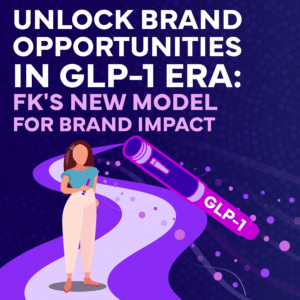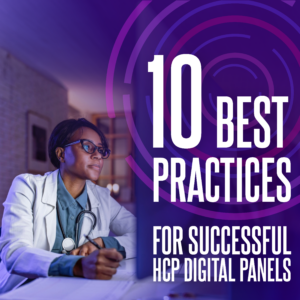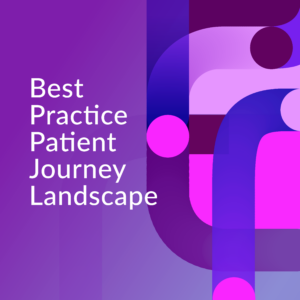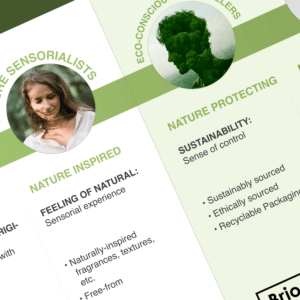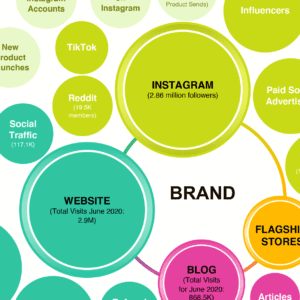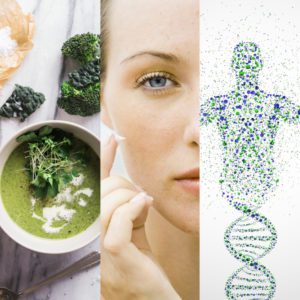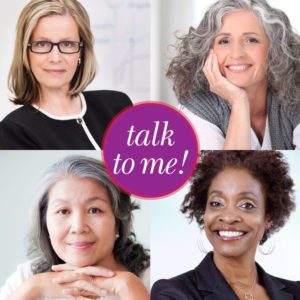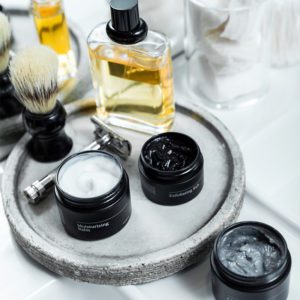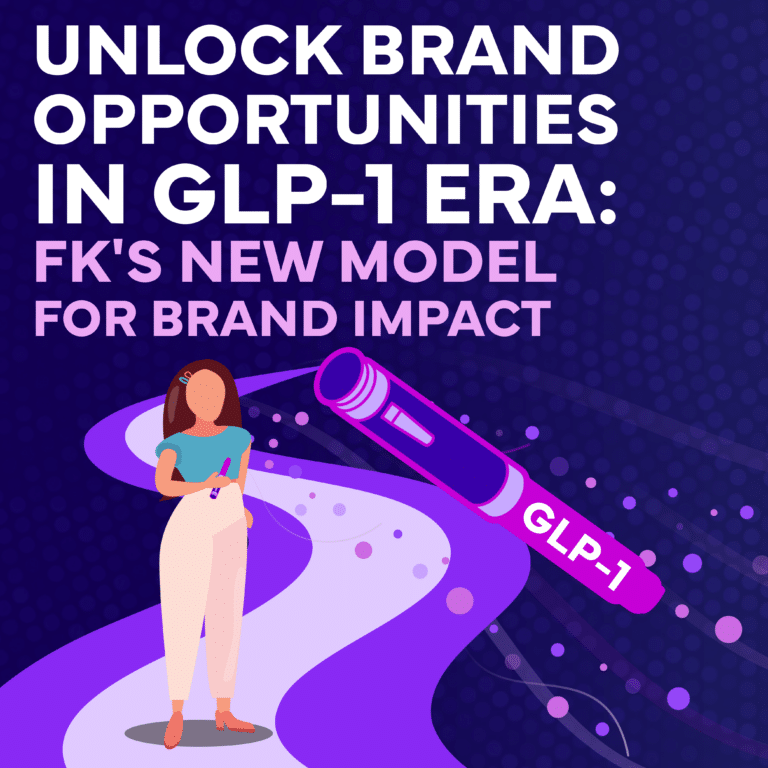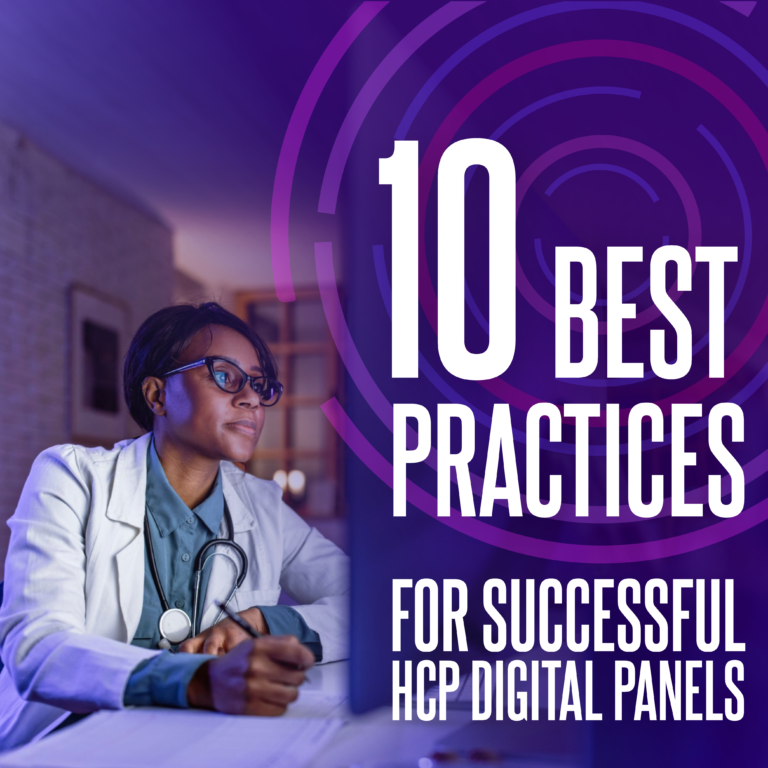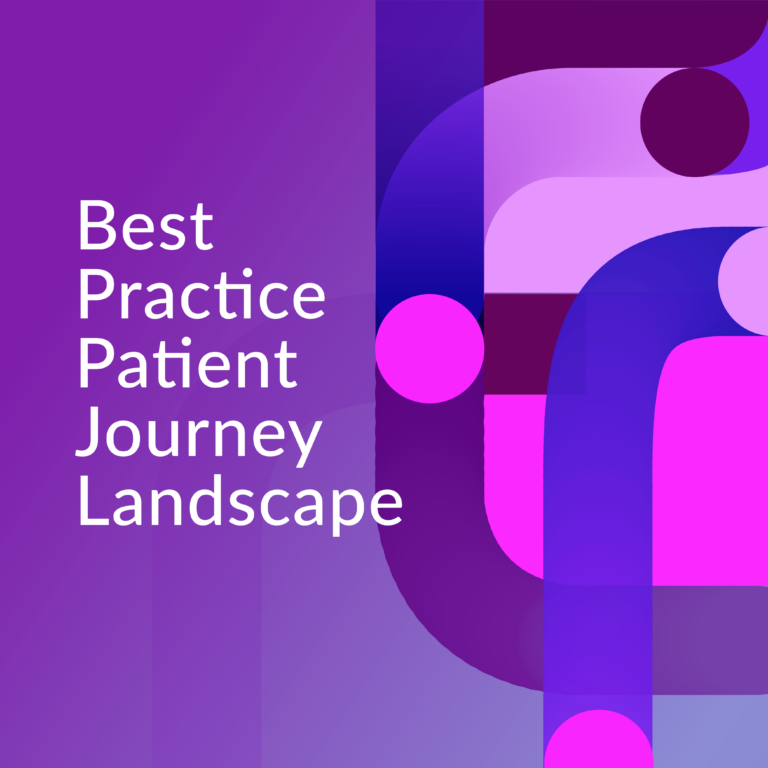Continuing with Part 2 of “Talk To Me!”, our series focusing on women 50+, we dive into the different psychographic mindsets experienced by women in their 50’s, 60’s and even 70’s.
There are subtle–and seismic–differences between how a woman feels in her 50s, 60s, 70s, and beyond. As the modern woman passes 50 and breaks through to her 60s, she will experience many more life-stage shifts than at any other time except, perhaps, during the teenage years. In fact, the journey through life past 50 can almost feel like a second adolescence with major life transitions, an evolving physique, hormonal changes, and emotional mood swings. Changes at home and work — with a newly empty nest, perhaps a new job (a second act!) or more free time — may take some getting used to.
A woman may be fit and feel fabulous at 50, but pushing 60, and beyond, can be a game-changer – incredibly liberating for many, but also potentially scary, annoying and confusing. Marketers need to understand these complexities and nuances.
“I’m trying to accept age, but I’m not there. I’m in progress. Aging with grace sounds great, but I’m in the struggle,” a 58-year-old New Yorker told us. “Turning 50 was very easy. Sixty was much harder. When I turned 50, I had a big party in the backyard,” says a 60-year-old woman we interviewed in Los Angeles. “I didn’t do that when I turned 60.”
In our work with women in their 50s and 60s, we’ve seen a major shift in mindset when—despite best efforts to extend their prime with a healthy diet, exercise and skin care—women recognize they can’t control the process of aging as easily anymore. This shift happens at different ages for different women, but for many it tends to occur as women break the 60s barrier. Marketers aiming to connect with this audience through emotional branding also must understand that women approach this critical shift with a wide range of responses, from finding strength in it to adamantly trying to roll back time.
“I’m 58 years old. I’m not crazy about that,” a New Yorker told us. “I’m a control freak and I can’t control the wrinkles or sagging. Going to the next phase means having less control physically.”
What they can control, however, is how they respond to getting older, which is why so many start to talk more about what’s on the inside, embracing a more holistic vision of who they are versus how they look. There is a shift in focus to the inner self. Instead of just worrying about looking younger, a woman focuses on projecting the energy and youthful spirit that she feels on the inside.
“I’m going to be 62 years old, but I don’t feel like 62 or live my life like 62,” says one dynamic and successful real estate broker we interviewed. “I want to project the energy of a 30 year old – because that’s the age I really feel.” Like many others we’ve spoken to, she portrays the self-reflective, yet leaning-in attitude that will shape her choices and next endeavors.
Marketers need to understand that speaking to the age-defiant 50-something is quite different from the conversation to be had with a more age-accepting 60-something. Especially since their purchasing power exceeds that of any other generation out there. According to Pew Research Center and AARP, 50- to 64-year olds are the fastest growing demographic in the nation. They spend more money on goods and services –nearly $2 trillion –than any other age group.
Plus, these women are still earning.
Jacky O’Shaughnessy was recruited to be a model for American Apparel after she was 60 years old. As O’Shaughnessy has said, “I don’t wake up in the morning and tell myself, I’m now a 62-year-old, and think about my age before I go out the door. What’s more important is your attitude and how you feel about the aging process.” One 63-year-old we interviewed told us: “Now I think about how the whole person looks. Does she look healthy? Relaxed? How much stress is in her life? Looking good has so many dimensions as you get older.”
In a New York Times Op-Ed piece, Jason Karlawish, professor of medicine, medical ethics and health policy at the University of Pennsylvania, reported that more than half of adults age 65 and older are taking over-the-counter medications or supplements, “many of them designed not to treat acute suffering, but instead, to reduce the chances of future suffering… We desire not simply to pursue life, but happiness… A national investment in communities and services that improves the quality of our aging lives might help us achieve this.”
Quality of life is exactly what women over 50 and beyond are buying into, but it changes over time. While women in their 50s may try to hold on to the lives–and looks–they had in their 30s and 40s, as 50 starts to fade in the rear-view mirror, “quality of life” evolves, with many women embracing an entirely new holistic outlook.
Head’s up, marketers! It’s time to understand that there’s more than one lifestage for women post 50, with varying attitudes and perspectives on health, beauty, achievement and what ‘s truly important – and that calls for more than one way to talk to these highly desirable consumers, and win.
Up next, Part 3 in our “Talk to Me!” series: “The trap marketers are falling into as they target the 50+ woman.”
Interested in learning more about the Women 50+ market? Check out Part 1 – “I’m Not My Mother’s 50”.
To receive regular insights on brand strategy and innovation please sign up for our newsletter or connect with us on LinkedIn.

